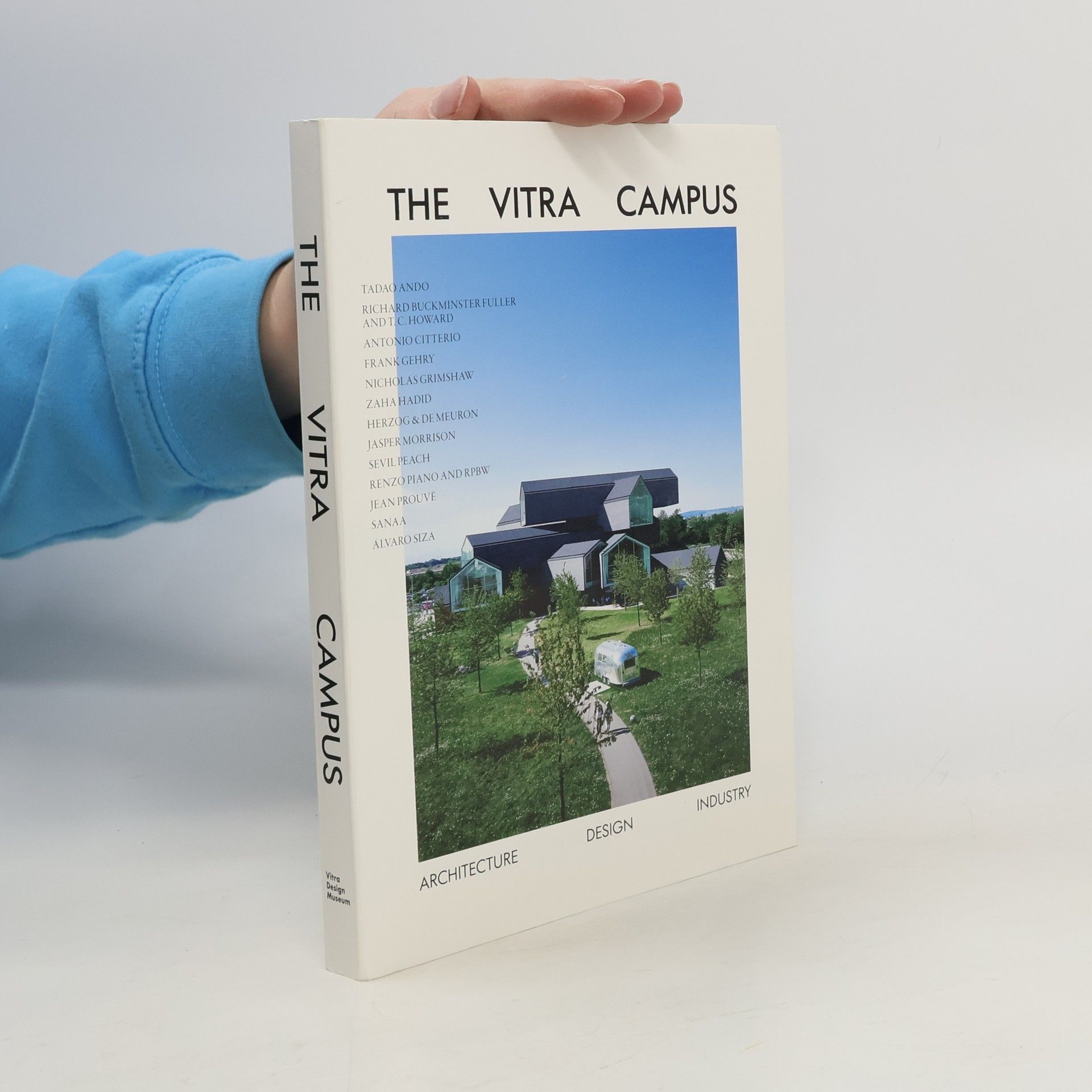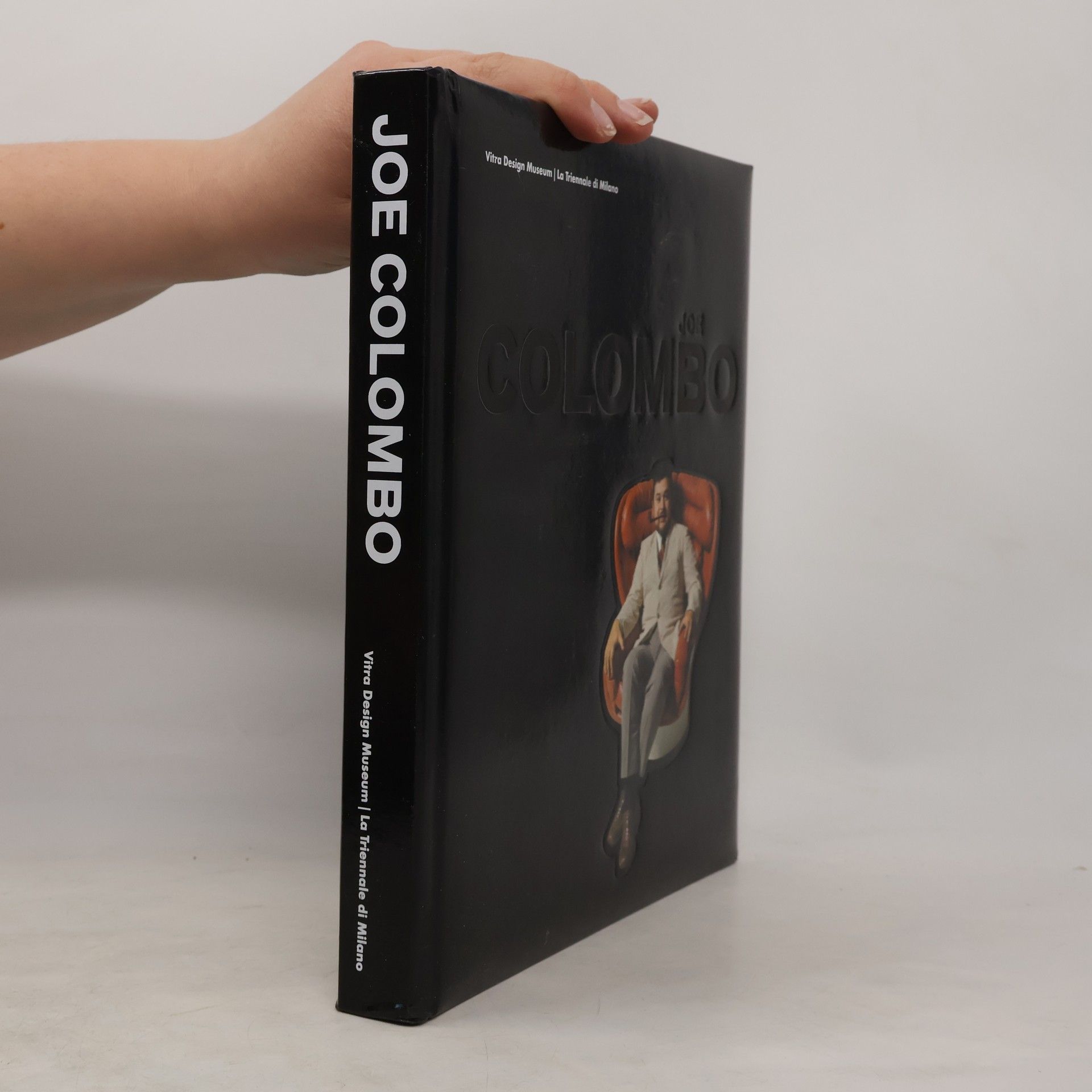Rudolf Steiner - Alchemy of the everyday
- 336 páginas
- 12 horas de lectura
Rudolf Steiner was a pivotal reform figure of the twentieth century, known for founding the Waldorf school movement and influencing alternative agriculture and medicine. His architectural masterpiece, the Goetheanum in Dornach, Switzerland, is a landmark of early modern architecture, showcasing innovative concrete use in a sculptural manner. As an artist, he inspired notable figures such as Piet Mondrian, Wassily Kandinsky, and Joseph Beuys, and continues to influence contemporary artists like Olafur Eliasson and Tony Cragg. This book offers a comprehensive overview of Steiner's creative contributions while exploring his historical context and lasting impact. It features essays from respected authors who examine various aspects of Steiner's work, including the era of his influence, his integration of natural and spiritual science, and his contributions to architecture, design, and performance. The essays are complemented by an extensive catalogue that highlights Steiner's major works alongside those of significant contemporaries and modern artists. An illustrated biography wraps up the book, marking a significant effort to present this important twentieth-century figure to a broader audience.



